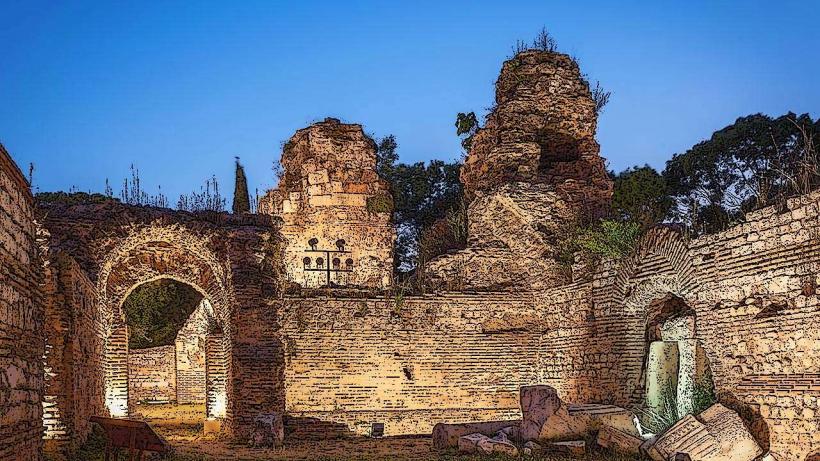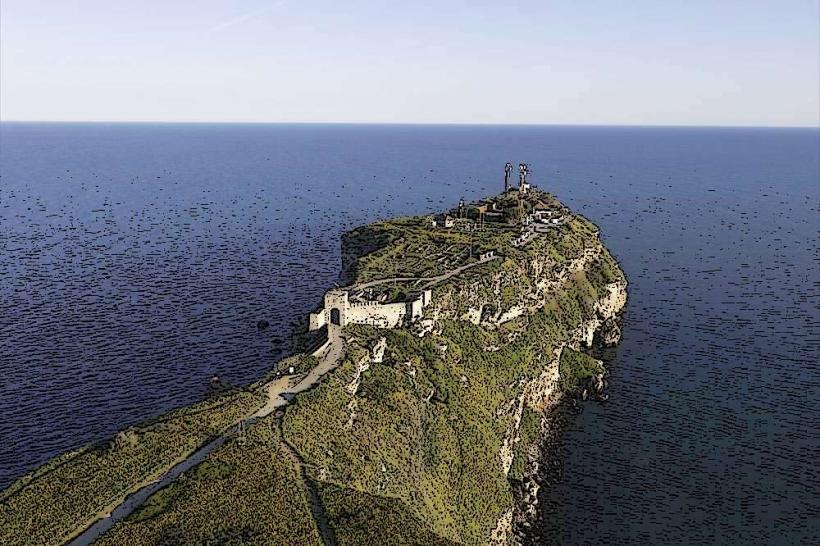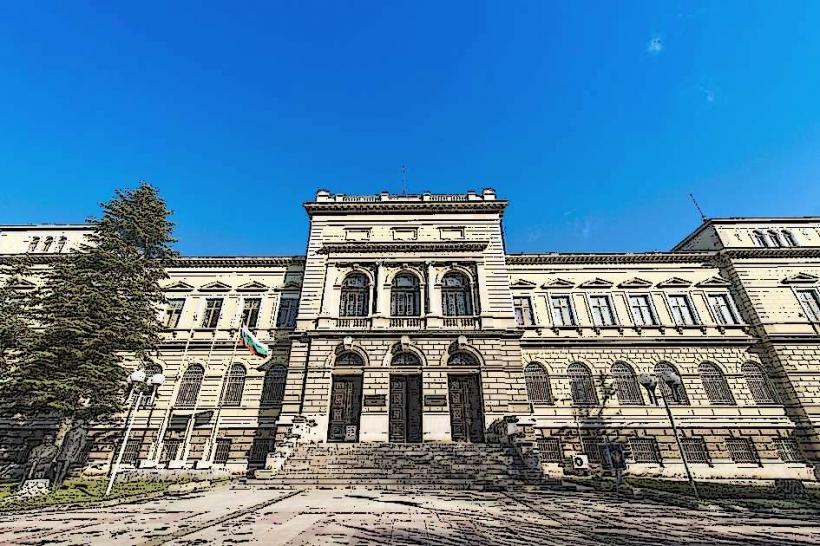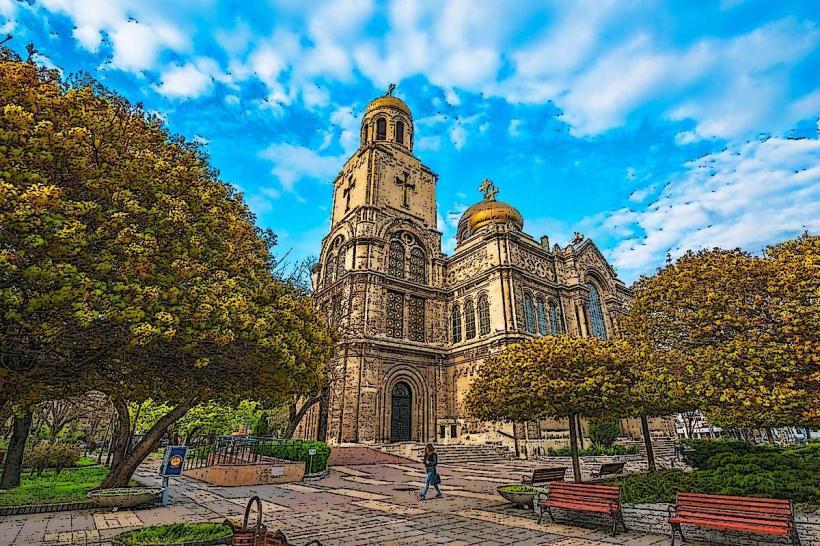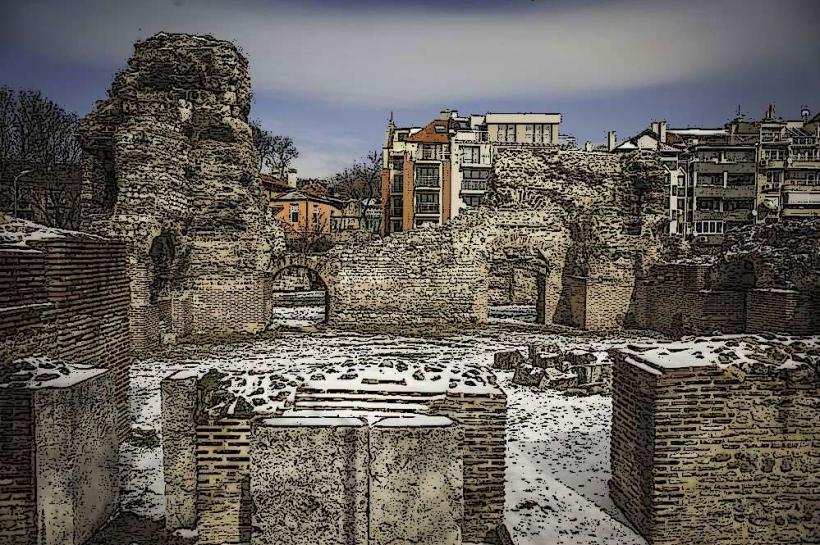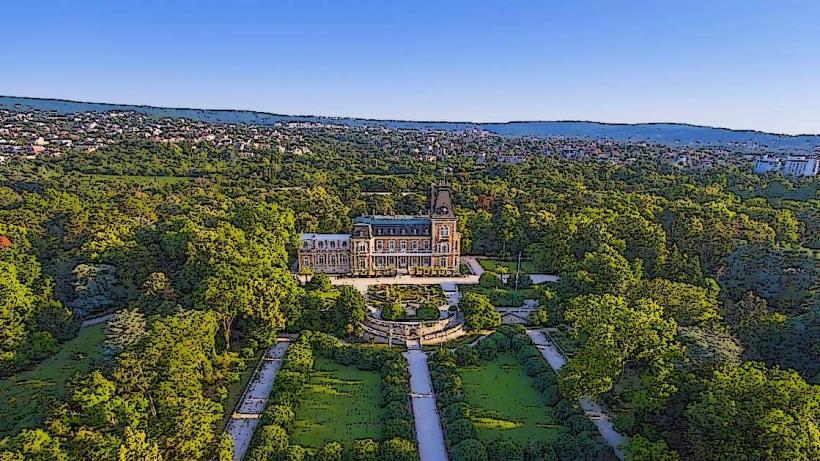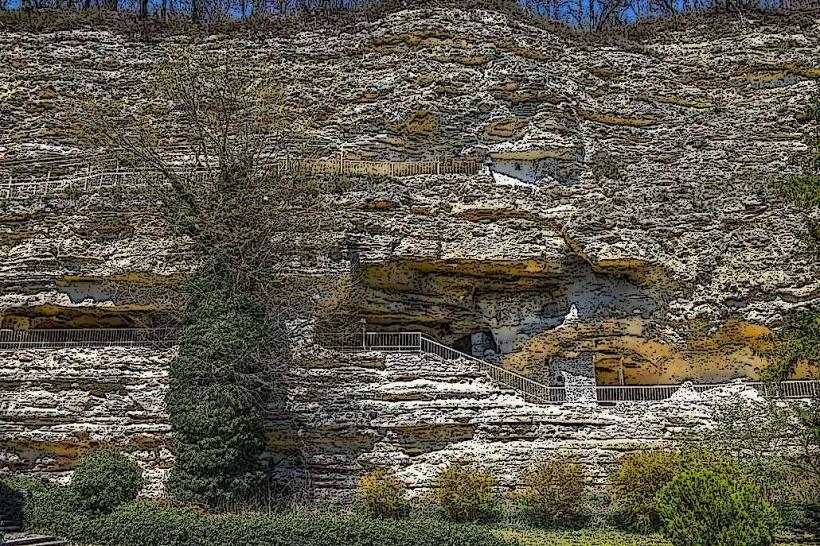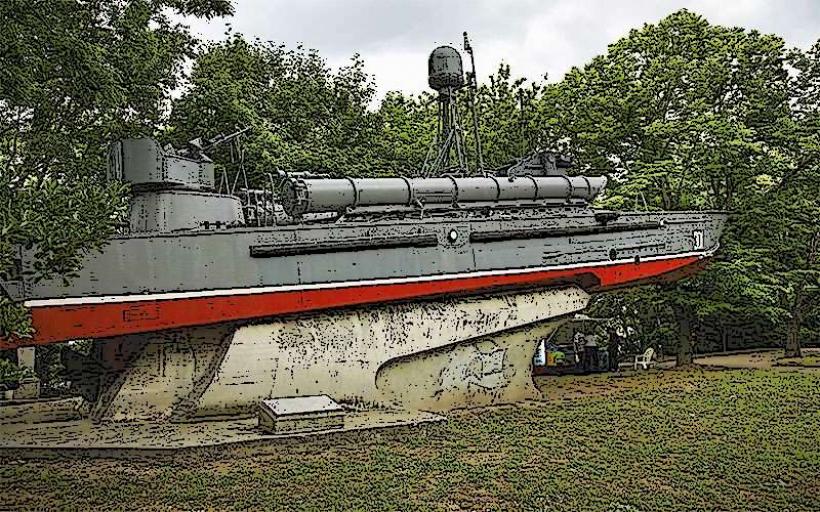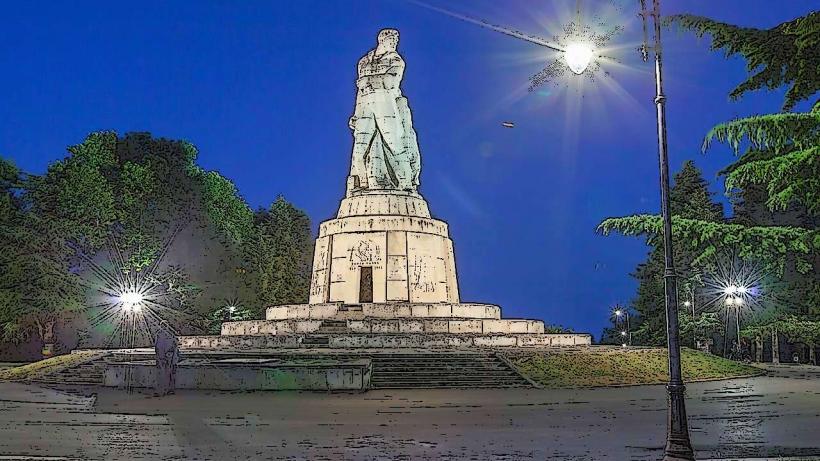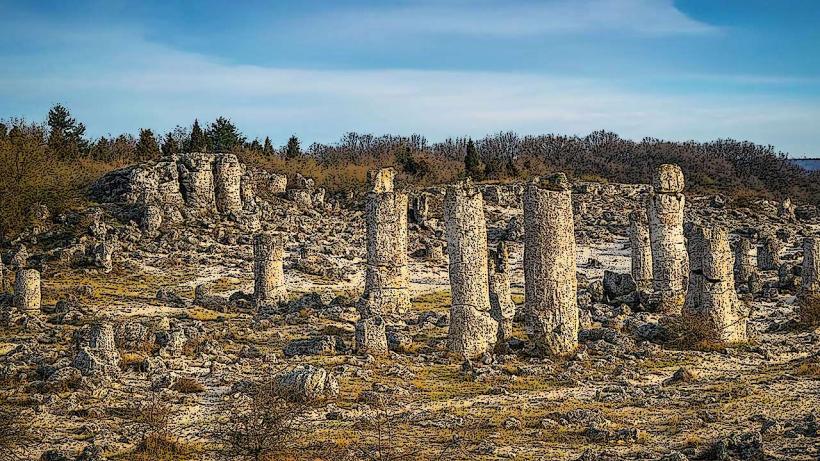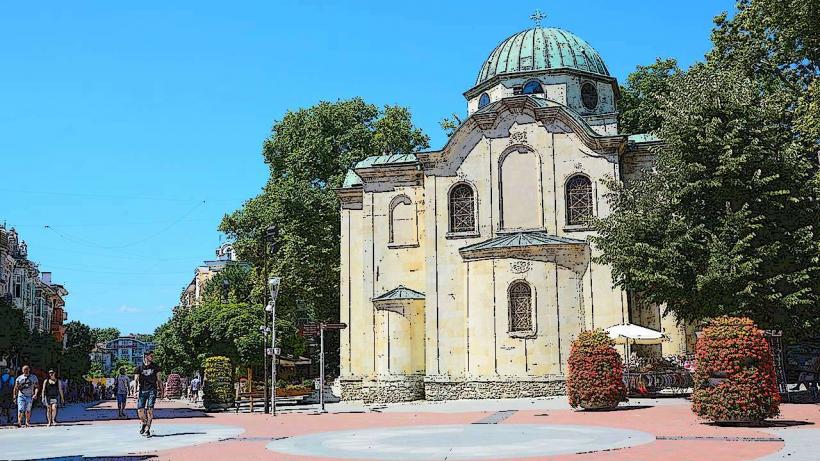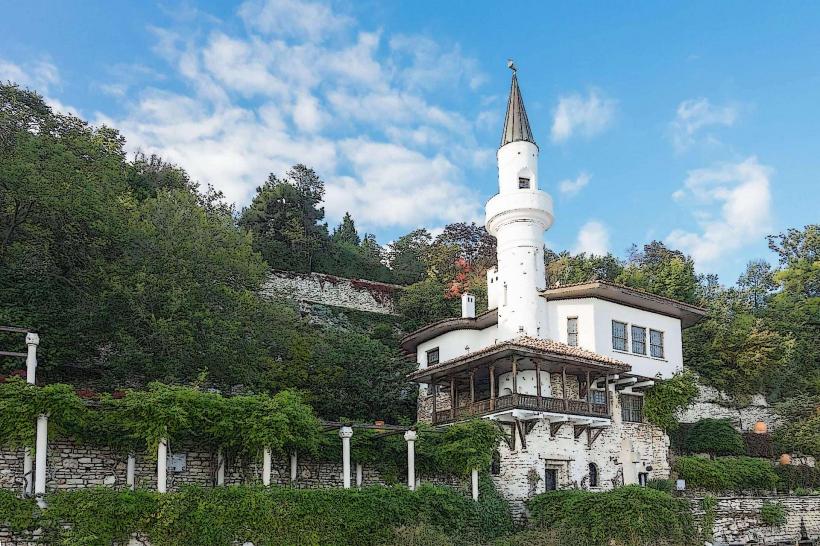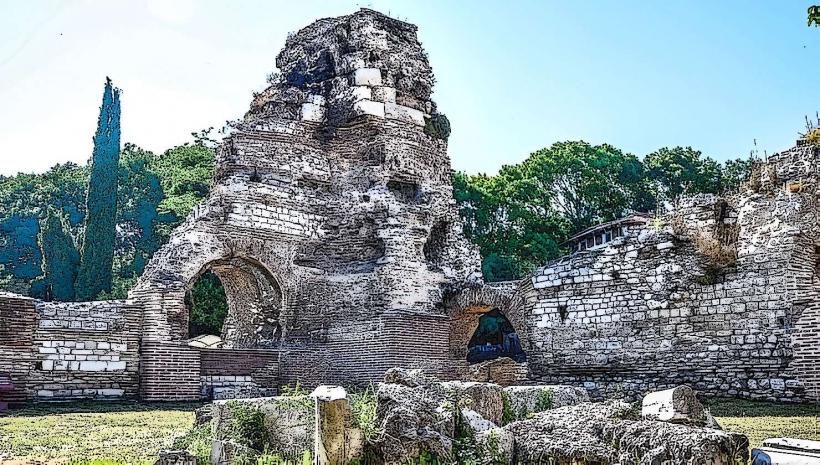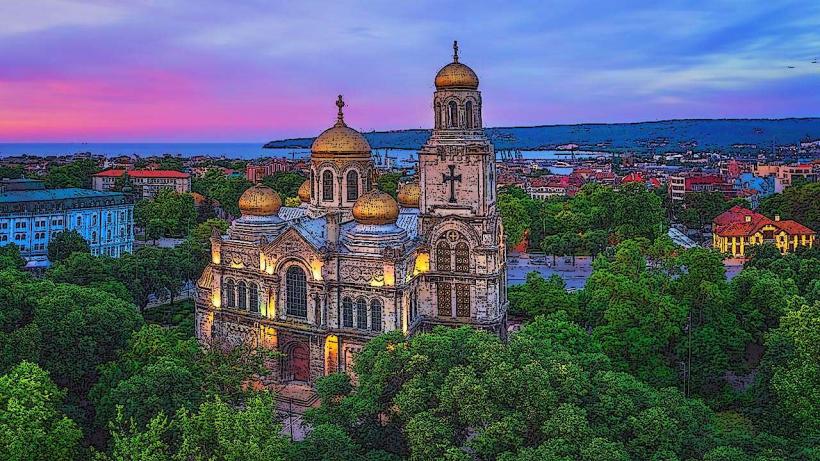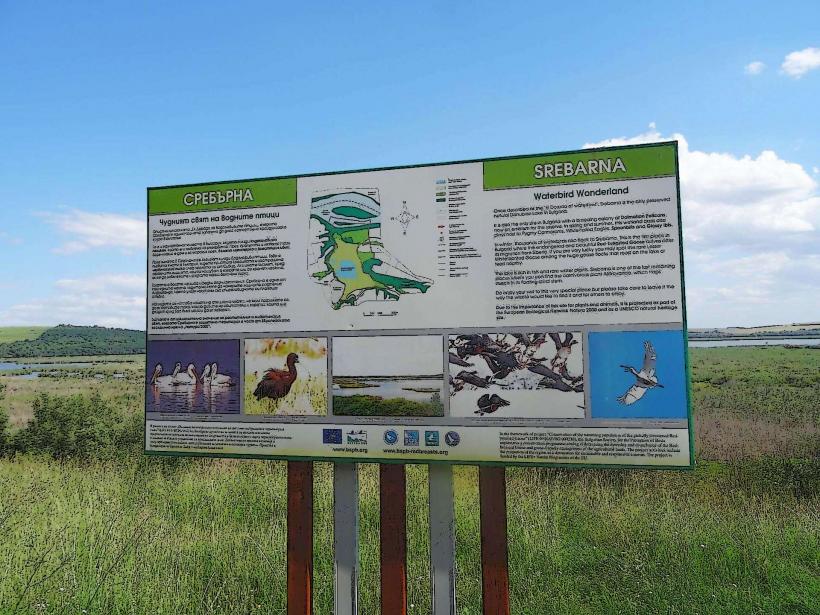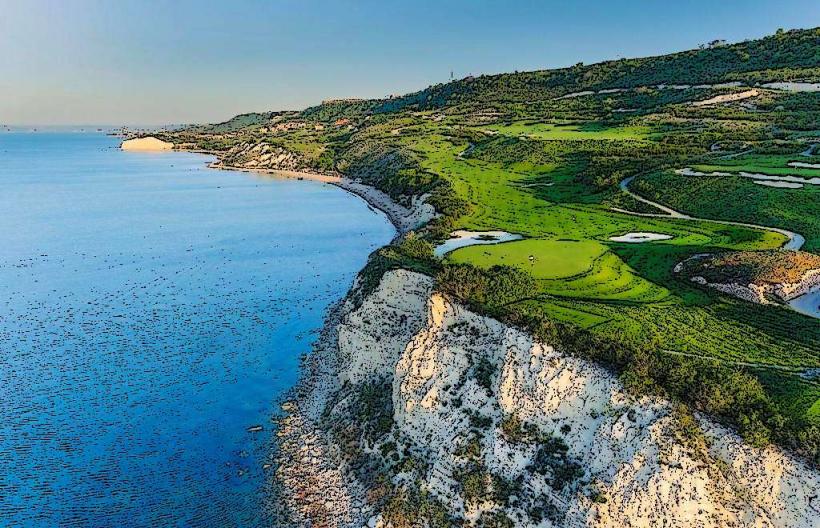Information
Landmark: Roman Fortress of OvechCity: Varna
Country: Bulgaria
Continent: Europe
Roman Fortress of Ovech, Varna, Bulgaria, Europe
Overview
Perched above the modern town of Provadiya in northeastern Bulgaria, the Roman fortress of Ovech holds centuries of history, its stone walls bearing the marks of many eras and empires, and perched in a spot once coveted by empires, Ovech reveals traces of Roman roads, Byzantine walls, and the stone towers of medieval Bulgaria.The fortress traces its roots to the Roman era, when it stood as a vital hub for both the military and local administration, to boot perched high on the Kaleto Plateau-a pale limestone ridge that drops steeply toward Provadiya-it formed part of the defensive chain guarding the empire’s northern border.From here, soldiers could watch the roads below, track traders’ wagons, and spot threats rolling in from the north, to boot in the Byzantine period, the walls grew taller and the stronghold spread wider.Ovech stood as a stronghold against raids from migrating tribes like the Slavs and Avars, its defenses steadily reinforced with stone walls, towers, and sturdy gates, along with for the Byzantines, it anchored control over the Balkans and protected the fertile grain fields of Moesia.Under the First Bulgarian Empire (681–1018 CE), the fortress kept its strategic weight; in the Second (1185–1396 CE), it became a hub of administration, defense, and local rule, furthermore renamed Provat-Greek for “sheep”-it reflected the area’s thriving livestock trade and grew into a center for commerce, especially in salt from Provadiya’s nearby pans.Oddly enough, After the Ottomans seized Bulgaria in the late 14th century, they used Ovech as both a garrison and an administrative base, but its importance faded until it was left to ruin, on top of that even in decay, its limestone walls still trace the plateau’s edge, towers once watching every approach.A steep rock-carved stair led to a wooden drawbridge; today, a reconstructed span links the fortress to the hills, simultaneously deep cisterns cut into stone held rainwater for long sieges, while the remains of churches hint at its spiritual role.Hidden below, a tunnel in the rock slips away toward the plains, an escape route into open air, not only that during sieges, it proved essential.Excavations have turned up coins worn smooth by countless hands, shards of pottery, and tools from many eras, revealing the fortress’s long, unbroken life, in addition carved stones and other relics shed light on the rhythms of its administrative and religious past.Today, visitors climb its reconstructed bridge to roam among the well-kept ruins, gaze out over rolling Bulgarian hills, and feel the weight of centuries beneath their feet, simultaneously ovech remains a touchstone for local history, a vivid record of the region’s strategic and economic power, and a remarkable example of military architecture shaped by Roman, Byzantine, and Bulgarian hands.
Author: Tourist Landmarks
Date: 2025-09-01

